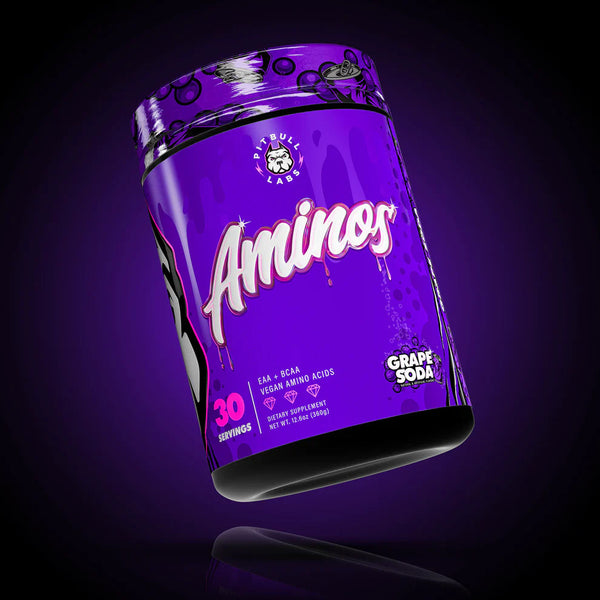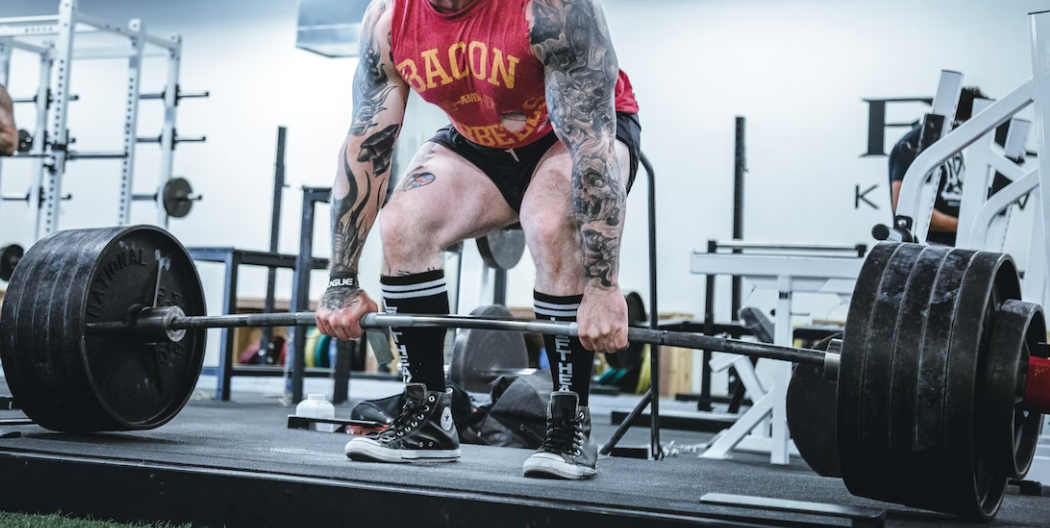
3b-Hydroxy Androsta 4 6 Diene 17-one Side Effects: an In-Depth Look at the Potential Risks of Supplement Use
SuppLife LLC
Throughout the health and fitness supplement industry, SuppLife has become known for our commitment to delivering quality products and accurate information regarding the potential side effects of their use. This article provides an in-depth look at 3b-hydroxy androsta 4 6 diene 17-one, a form of androstatrienedione (ATD) that is found in some muscle gaining and bodybuilding supplements. We cover potential dangers this ingredient poses, as well as what bodybuilders need to consider when using, or considering the use of, 3b-hydroxy androsta 4 6 diene 17-one.What is 3b-hydroxy Androsta 4 6 Diene 17-one?3b-hydroxy androsta 4 6 diene 17-one, commonly referred to as ATD, is a prohormone derived from the testosterone molecule. ATD works by producing an androgenic effect, meaning it has the potential to increase muscle growth and strength. In the body, ATD is converted to testosterone and other active androgens, leading to improved physical performance. It is commonly found in fitness and bodybuilding supplements, often marketed as a “legal” alternative to anabolic steroids. Side EffectsThe effectiveness of 3b-hydroxy androsta 4 6 diene 17-one in reducing muscle fatigue has been well established in clinical studies. However, the potential side effects of using this compound can also not be ignored. ATD has been associated with numerous side effects, some of which can range from mild to severe. These include:Cardiovascular Health RiskATD has the potential to increase the production and activity of certain enzymes that can induce cardiac hypertrophy. Furthermore, when ATD is used in conjunction with certain other prohormones, such as 19-norandrosterone, it can result in adverse effects on cardiovascular health. In addition, ATD can potentially induce the production of compounds, such as thromboxanes and prostaglandins, which have been linked to an increased risk of cardiovascular diseases. Endocrine and Hormonal ChangesThe use of ATD has been shown to promote increases in serum levels of estrogens and testosterone. This can lead to a disruption of the endocrine and hormonal systems, resulting in an alteration of natural hormone levels. In some cases, especially with long-term use of ATD, this can lead to an increase in prolactin, IGF-1, and corticosteroids. In men, this can also potentially cause undesirable changes in body mass, muscle strength, and physical appearance. Liver ToxicitiesWhen ATD is taken orally, it has the potential to be metabolized in the liver. As a result, this can cause the build-up of toxins within the body, which can lead to damage of liver cells and even liver failure. There have been documented cases in which individuals have experienced severe liver toxicity after even short-term use of products containing ATD.Decrease in LibidoATD is known to suppress the body’s natural production of testosterone, which can lead to a decrease in libido. This is particularly problematic if the individual has been using ATD for an extended period of time, as it may take several weeks or months for the body to restore its natural testosterone production after an ATD cycle. Risk of Immune System SuppressionLong-term use of ATD has been associated with an increased risk of developing illnesses due to depressed immune system functioning. This can include increased susceptibility to viruses and bacteria, as well as decreased resistance to common illnesses. In addition, ATD can potentially lead to the development of auto-immune conditions, allergic diseases, and even cancer.Guidelines for Safe ATD UseWhen considering the use of ATD, it is highly recommended that individuals follow certain safety guidelines in order to minimize the risk of experiencing adverse side effects. These include:• Consulting with a physician or qualified healthcare professional prior to beginning an ATD cycle • Adhering strictly to the recommended dosage guidelines • Taking frequent breaks from ATD cycles to give the body time to recover • Consuming sufficient amounts of healthy calories and nutrients to reduce the potential for adverse side effects • Monitoring body mass, liver health, and hormone levels regularly while on an ATD cycle • Keeping track of any changes in mental or physical performance during an ATD cycle • Discontinuing the use of ATD if any signs of adverse reactions occurFinal Thoughts It is important to keep in mind that while ATD has the potential to improve muscular size and strength, it can also lead to various adverse side effects if not used properly. Therefore, it is recommended to always consult a qualified healthcare professional prior to beginning an ATD cycle, and to adhere strictly to the recommended dosage guidelines. Additionally, it is important to be aware of the potential risks associated with ATD, and to consider all available options before beginning an ATD-based supplement routine. By following these safety guidelines, individuals can help ensure that they are taking the necessary precautions to reduce the risk of any adverse side effects that may arise when using 3b-hydroxy androsta 4 6 diene 17-one.





